Filter data
|
ID |
Nickname |
Country / City |
Languages |
Taxonomies |
Comment |
Project / Group |
Map |

|
16598
|
|
Germany
Frankfurt am Main
|
|
|
—
|
|
|
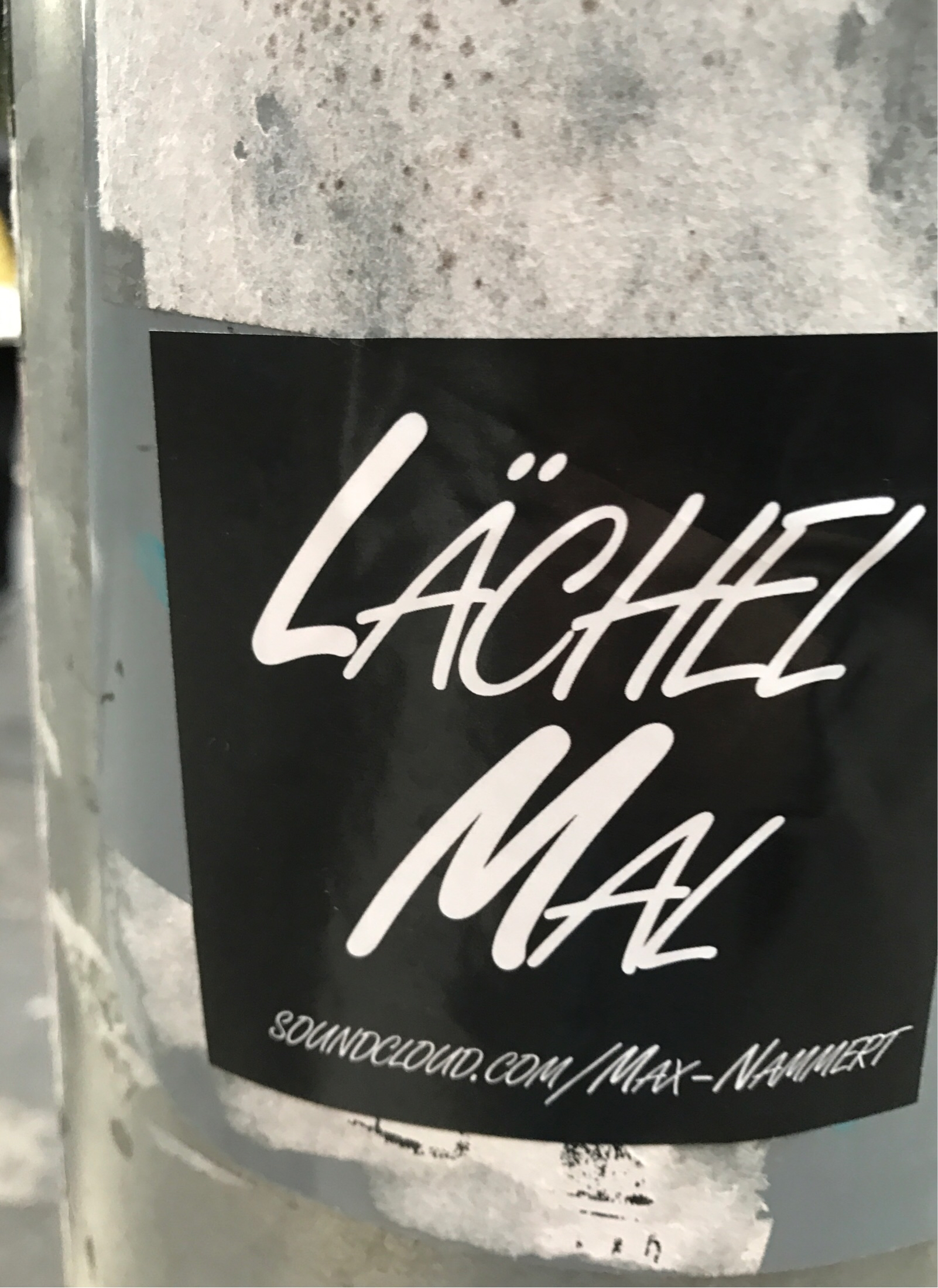
|
983
|
|
Deutschland
Frankfurt am Main
|
|
|
—
|
|
|

|
16599
|
|
Germany
Frankfurt am Main
|
|
|
—
|
|
|
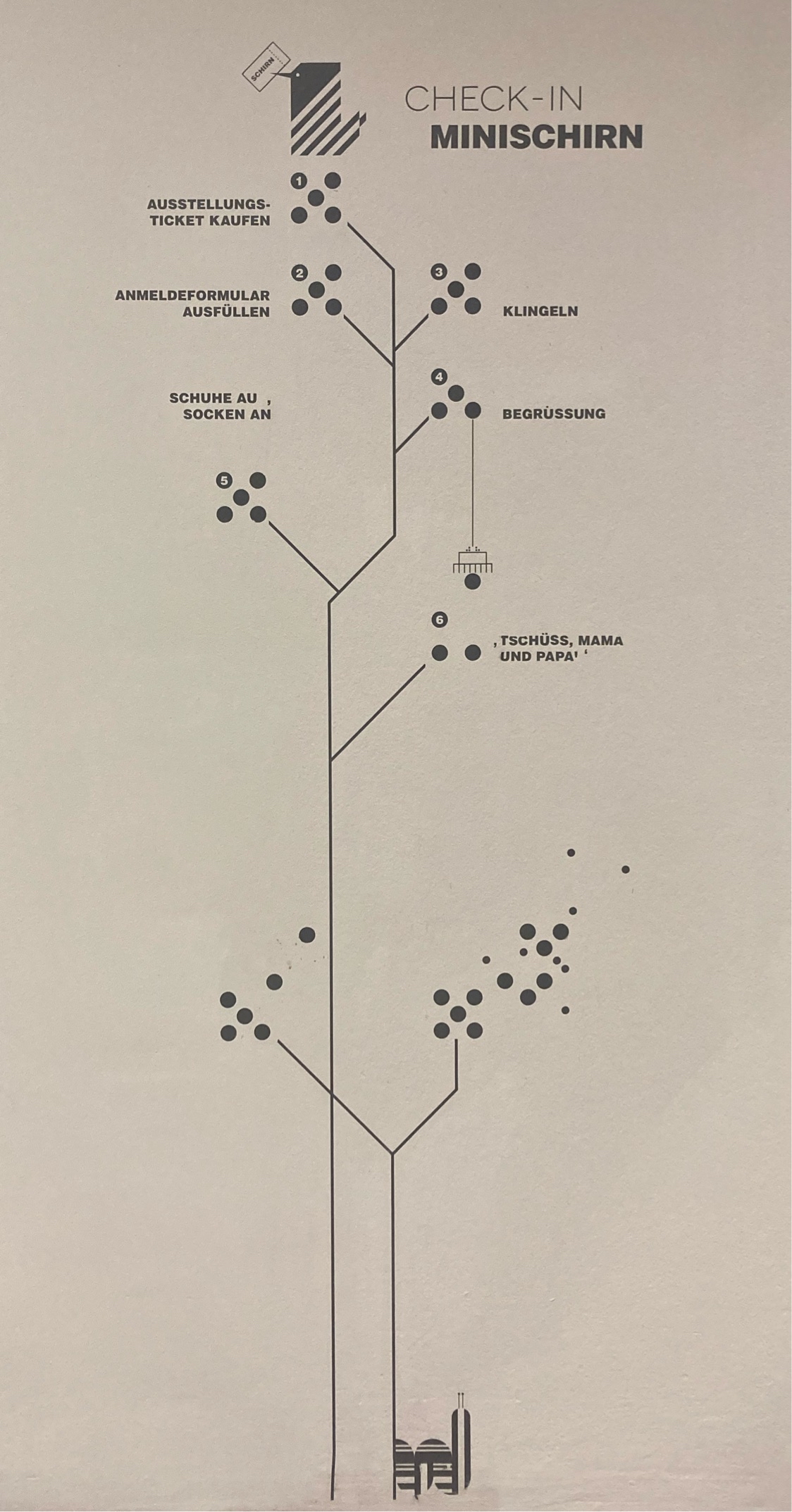
|
47575
|
|
Deutschland
Frankfurt am Main
|
|
|
Interessante Wegleitung
|
|
|
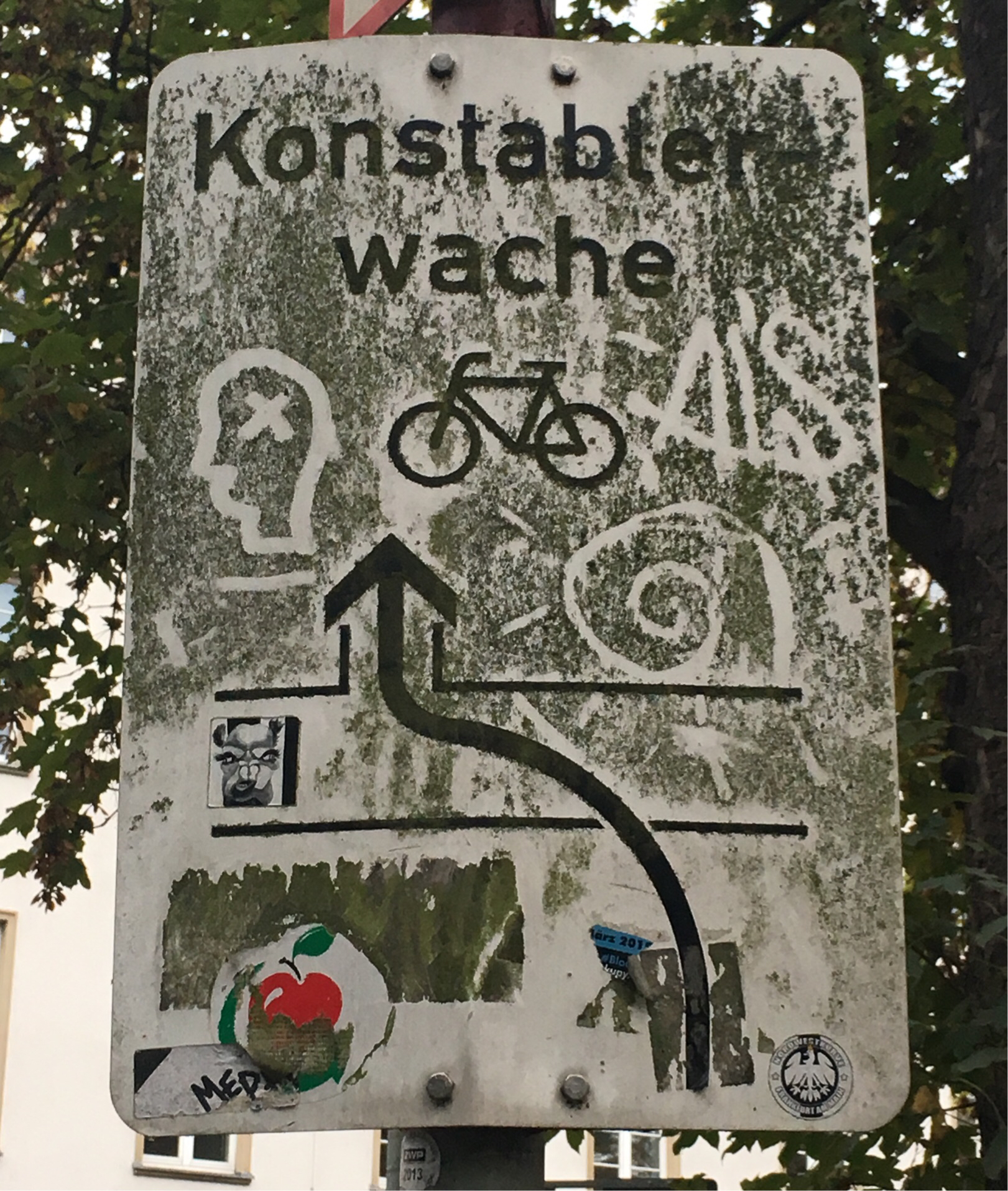
|
984
|
|
Deutschland
Frankfurt am Main
|
|
|
—
|
|
|

|
16600
|
|
Germany
Frankfurt am Main
|
|
|
—
|
|
|

|
985
|
|
Deutschland
Frankfurt am Main
|
|
|
—
|
|
|

|
987
|
|
Deutschland
Frankfurt am Main
|
|
|
—
|
|
|
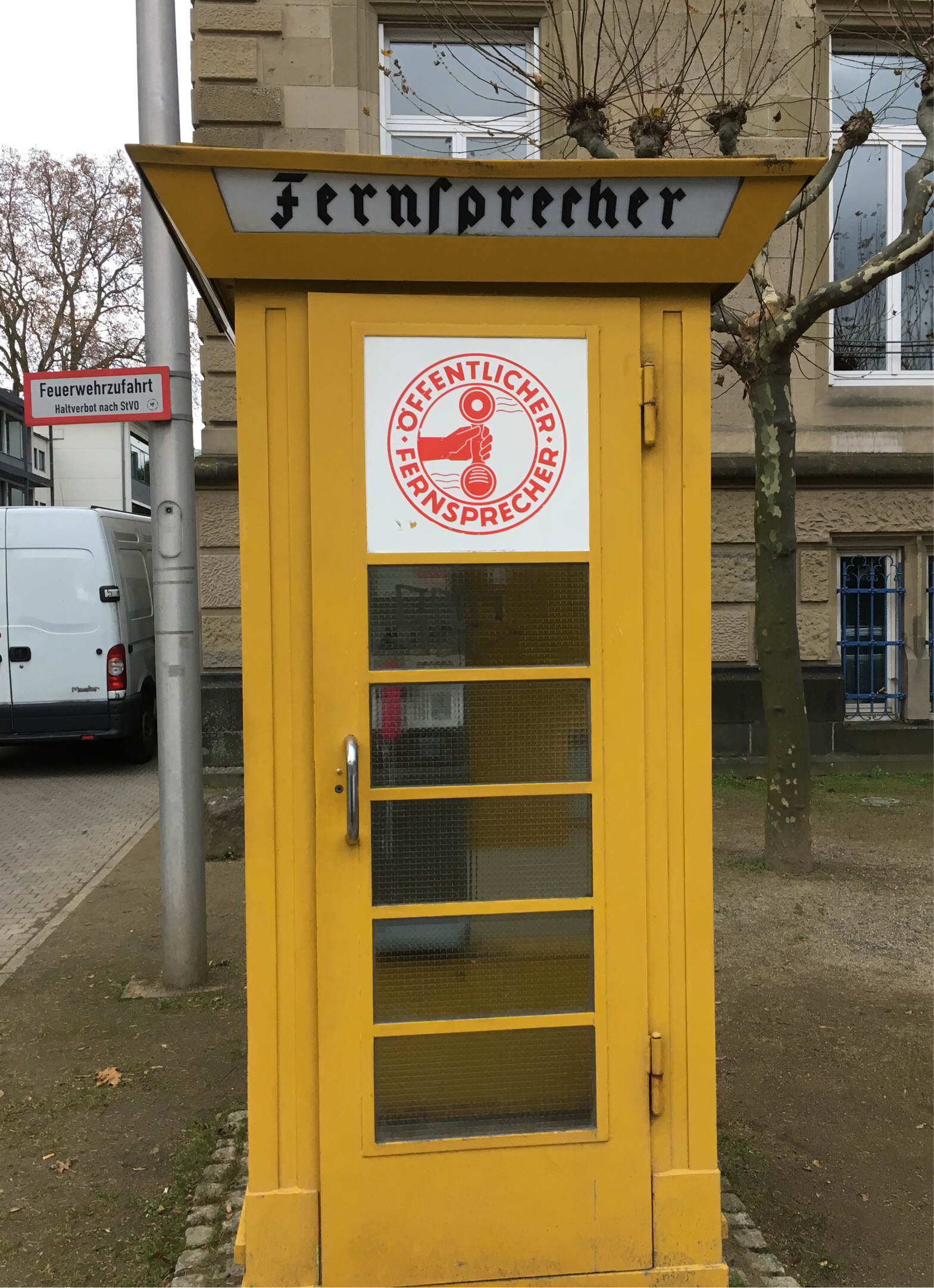
|
2270
|
|
Deutschland
Frankfurt am Main
|
|
|
—
|
|
|

|
3551
|
|
Germany
Frankfurt am Main
|
|
|
$uniwien %2016 *TamBa #shoesforlife
|
|
|

|
993
|
|
Deutschland
Frankfurt am Main
|
|
|
—
|
|
|
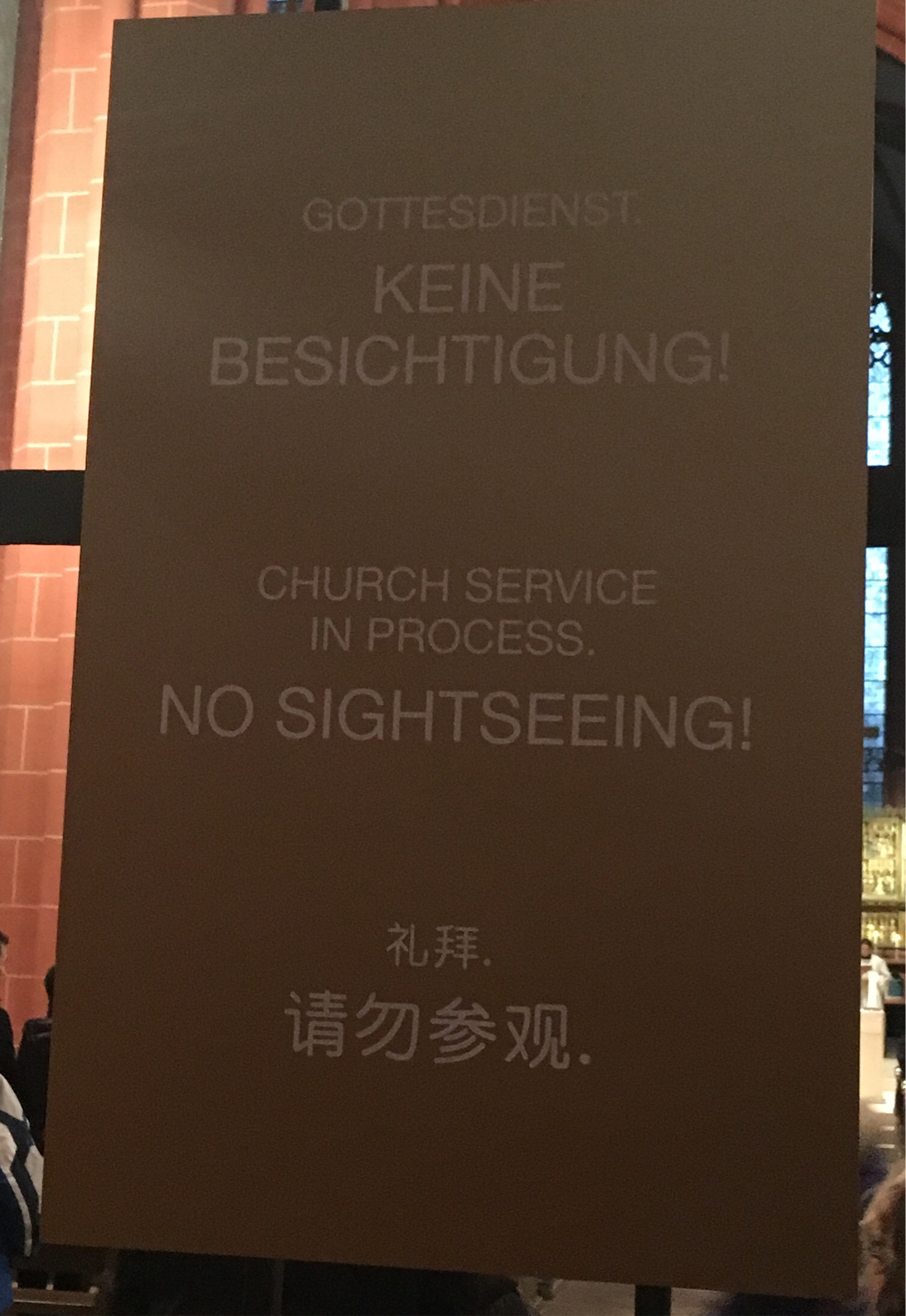
|
994
|
|
Deutschland
Frankfurt am Main
|
|
|
—
|
|
|
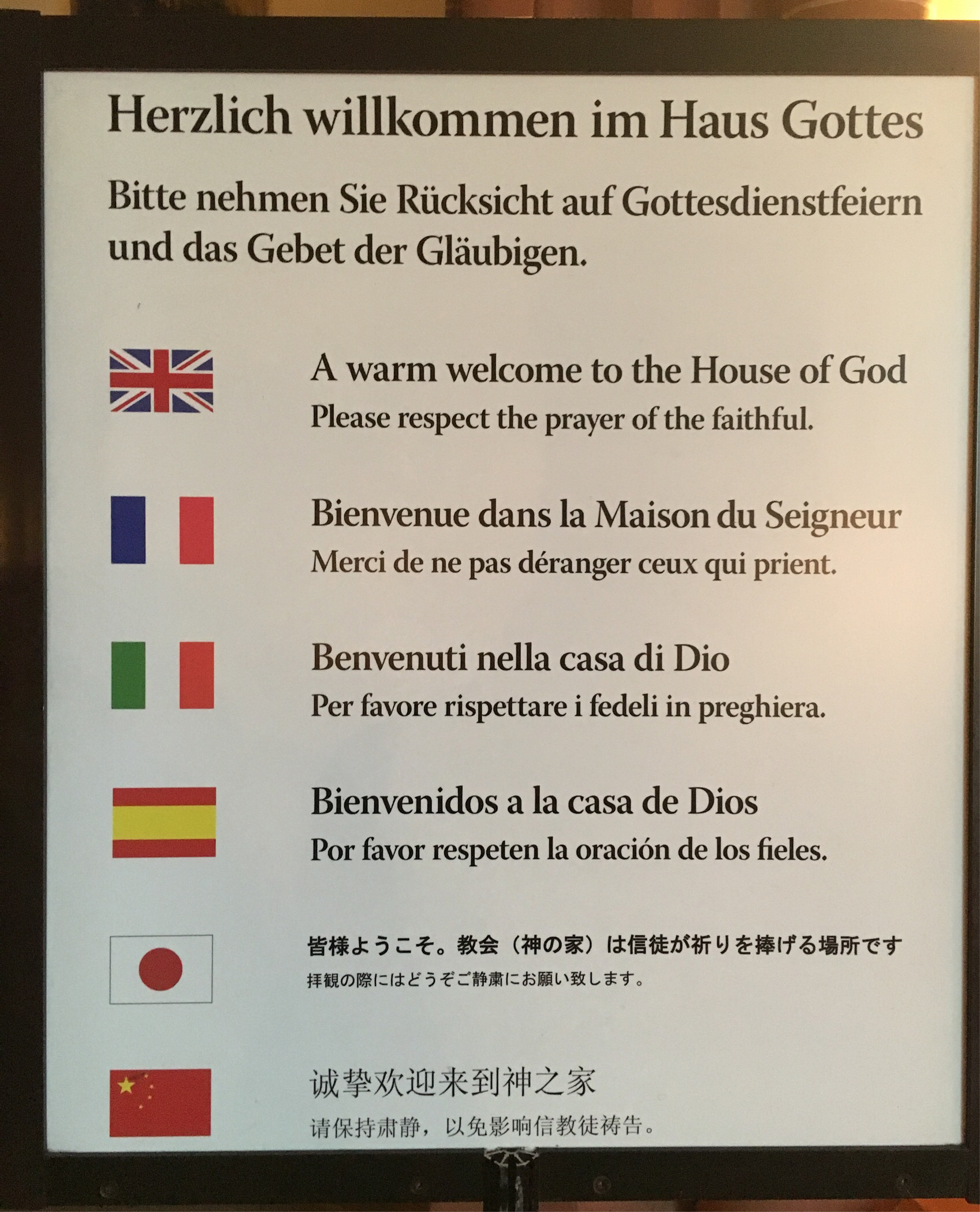
|
995
|
|
Deutschland
Frankfurt am Main
|
|
|
—
|
|
|
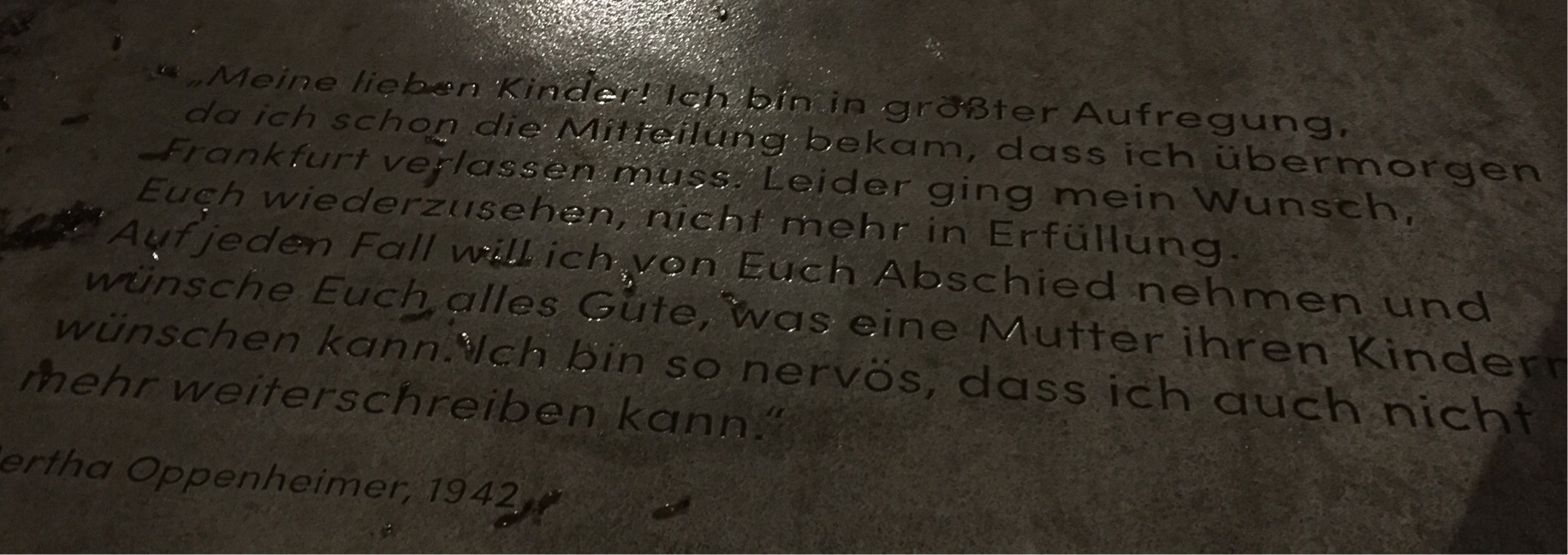
|
2019
|
|
Deutschland
Frankfurt am Main
|
|
|
—
|
|
|
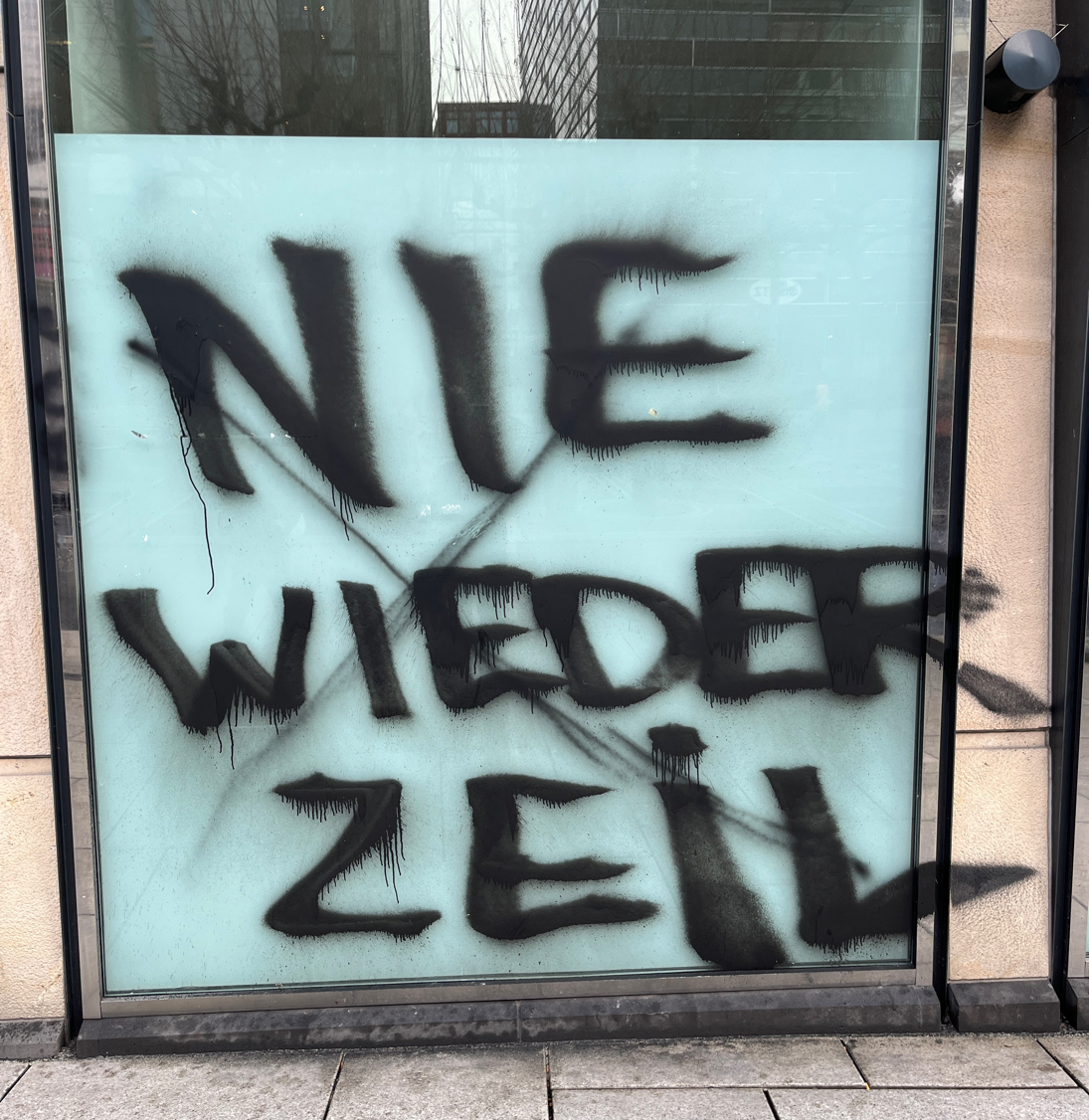
|
94435
|
Questoph
|
Deutschland
Frankfurt am Main
|
|
|
—
|
|
|
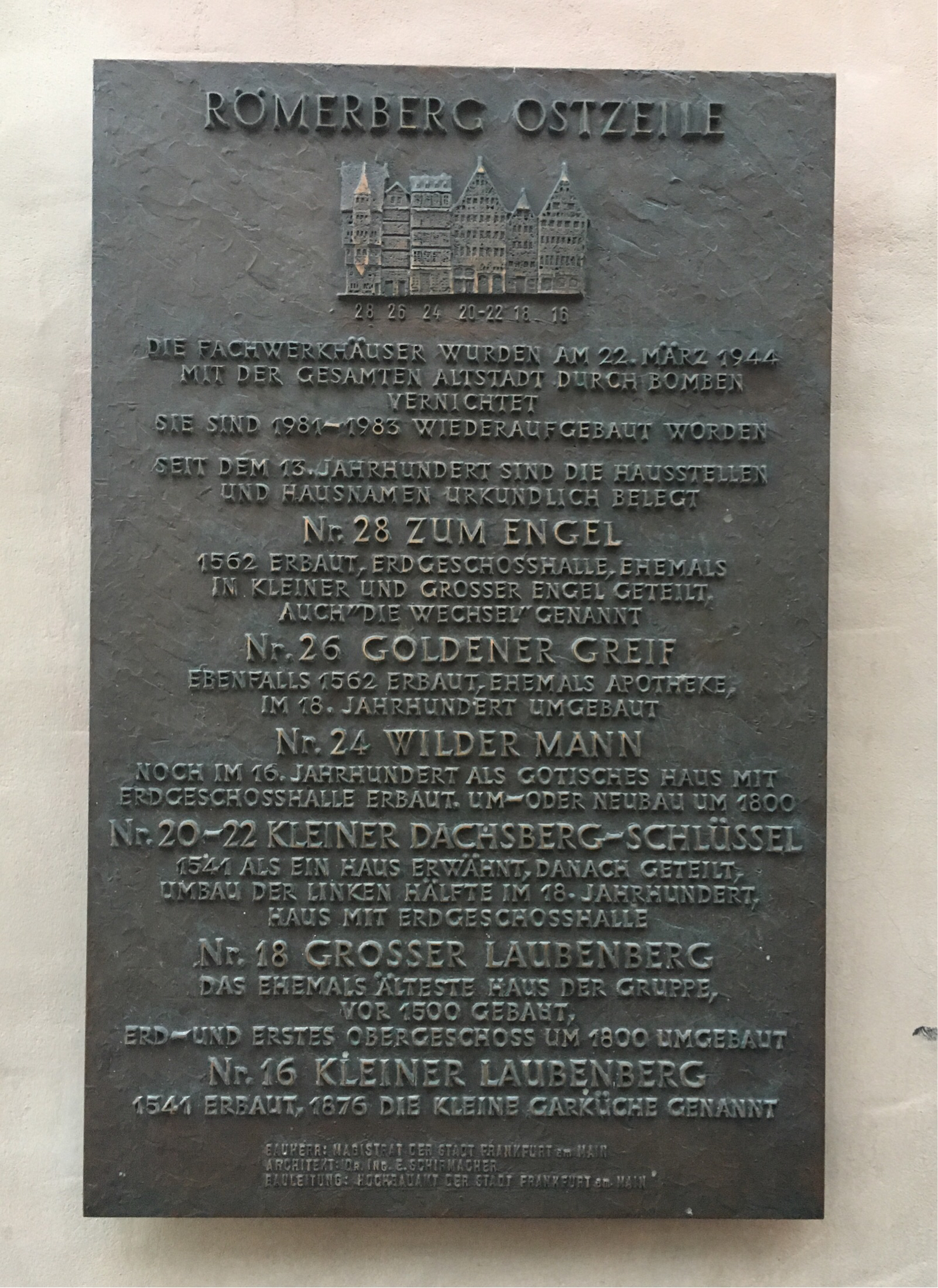
|
996
|
|
Deutschland
Frankfurt am Main
|
|
|
—
|
|
|

|
2020
|
|
Deutschland
Frankfurt am Main
|
|
|
—
|
|
|
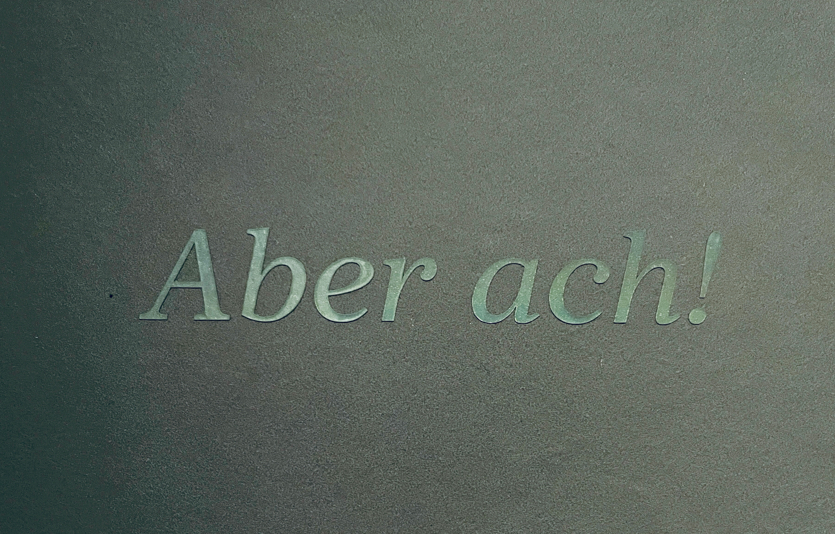
|
94436
|
Questoph
|
Deutschland
Frankfurt am Main
|
|
|
—
|
|
|
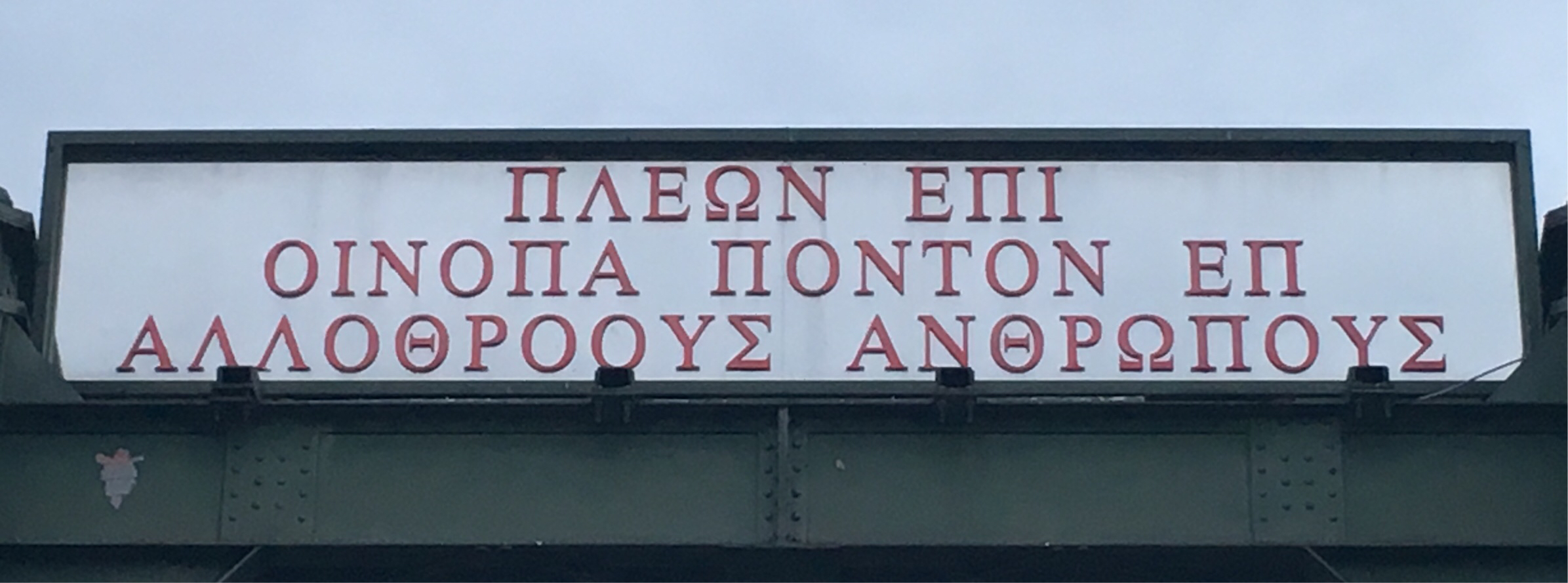
|
997
|
|
Deutschland
Frankfurt am Main
|
|
|
—
|
|
|
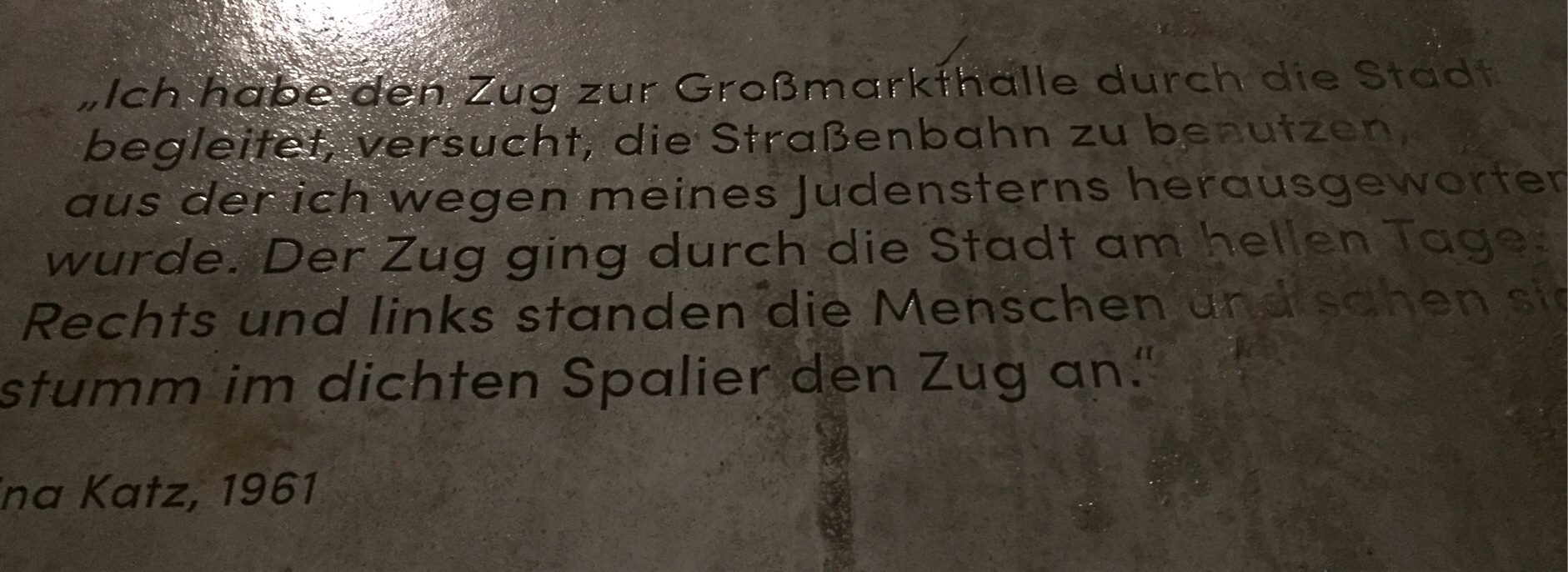
|
2021
|
|
Deutschland
Frankfurt am Main
|
|
|
—
|
|
|